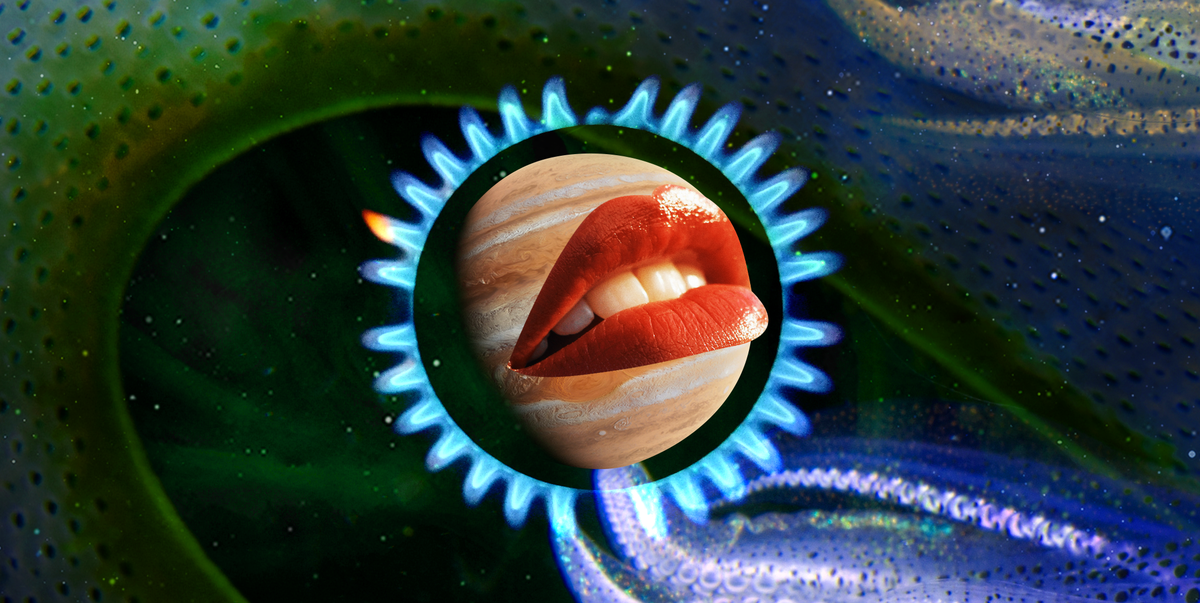Travel
Amid ‘anti-tourism’ protests and TikTok mania, travel marketers must tread carefully

Social media hugely influences travel, contributing to local pressures, and protests this summer. For The Drum’s travel & tourism focus week, Stevie Archer of SS+K, part of M&C Saatchi Group, says smart marketing can balance this out.
TikTok tourism is driving a lot of bad behavior of late, sending thousands of people to the same viral destinations. The ‘anti-tourism’ backlash of protests from local residents have been quietly simmering for years, coming to a head this summer.
While popularity might seem like a good thing in destination marketing, it can hit a tipping point when it starts to become a problem. There arises a massive tension for localities: popularity that’s good for business, versus so much traffic that it ruins the experience for everyone.
This year in Miami, for example, local officials had to create a major public campaign to “break up with Spring Break” after overcrowding on Ocean Drive led to violence – not the vacation experience you want associated with your destination.
Ultimately, the effect of ‘viral’ tourism can disrupt the point of travel in the first place – discovery. While every traveler wants to find the special thing that nobody else has found, if they’re all in the same spot, how can anyone still have that experience?
Destination marketers have a key role to play in preventing over-tourism. Traditionally acting as curators of travel experiences, marketers also need to adopt the role of stewards for the destinations they market. But how?
Powered by AI
Explore frequently asked questions
Spread the love
Destination Marketing Organizations (DMOs) and location-based brands can promote responsible tourism by creating campaigns to educate visitors about a destination’s history and encourage an appreciation of its local culture and customs. By promoting more mindful travel, they can show visitors how to avoid ruining the destination for others and destroying its natural resources.
Marketers need to be more proactive when problems develop at a location. They can partner with local governments and help amplify any actions authorities take to protect their attractions from over-tourism. For example, the local government in Thailand has shut down certain popular beaches to prevent overuse, and over-traveled destinations like Venice and Florence have recently increased tourism taxes to pay for additional expenses for upkeep and preservation. Marketers can help support such measures.
Social media has made it easy for a destination to draw tourists to a popular place. Marketers can work to instill a balance through a more concerted effort to drive tourists to different areas and experiences that visitors may not know about or have seen featured on their feeds.
In New York City, for example, one block of Brooklyn has become flooded with tourists trying to achieve the same photo of the Manhattan skyline and bridges they’ve seen on Instagram. Meanwhile, there are countless other spots along the waterfront for similar shots of the skyline. By diverting people to other experiences that are comparable to the overcrowded one, marketers can share the wealth of visitors to other neglected parts of a destination. They can also help to save the original spot from over-tourism.
Get creative
When a destination becomes the center of a pop culture moment, as happened for the Hawaiian Four Seasons that was the setting for HBO’s The White Lotus, marketers should work to encourage people to seek out similar locations nearby or in another location. By using the simple idea of “if you like this, you’d like this place too,” marketers can work to redirect tourists to comparable places and experiences. They can also encourage ‘shoulder season’ travel to spread out visitors to a culturally trending location so that they’re not all arriving during peak times.
Additionally, marketers and brands can get inventive with the resources offered by their travel destination. Marketers for destinations in France this summer can sell them on their cultural offerings, at a time when Paris – famous for its art galleries and museums such as The Louvre – will be packed for the 2024 Olympics. We can help travelers to avoid the queues – and the TikTokers.
In a world in which social media drives tourism, it can be easy to forget that travelers and tourists still often seek out that same thing: the unique joy of discovery. Marketers can provide a win-win for local communities and travel brands by thinking responsibly and acting proactively on the issue.
For more on travel, tourism and the auto industry, head over to The Drum’s dedicated focus week hub.








